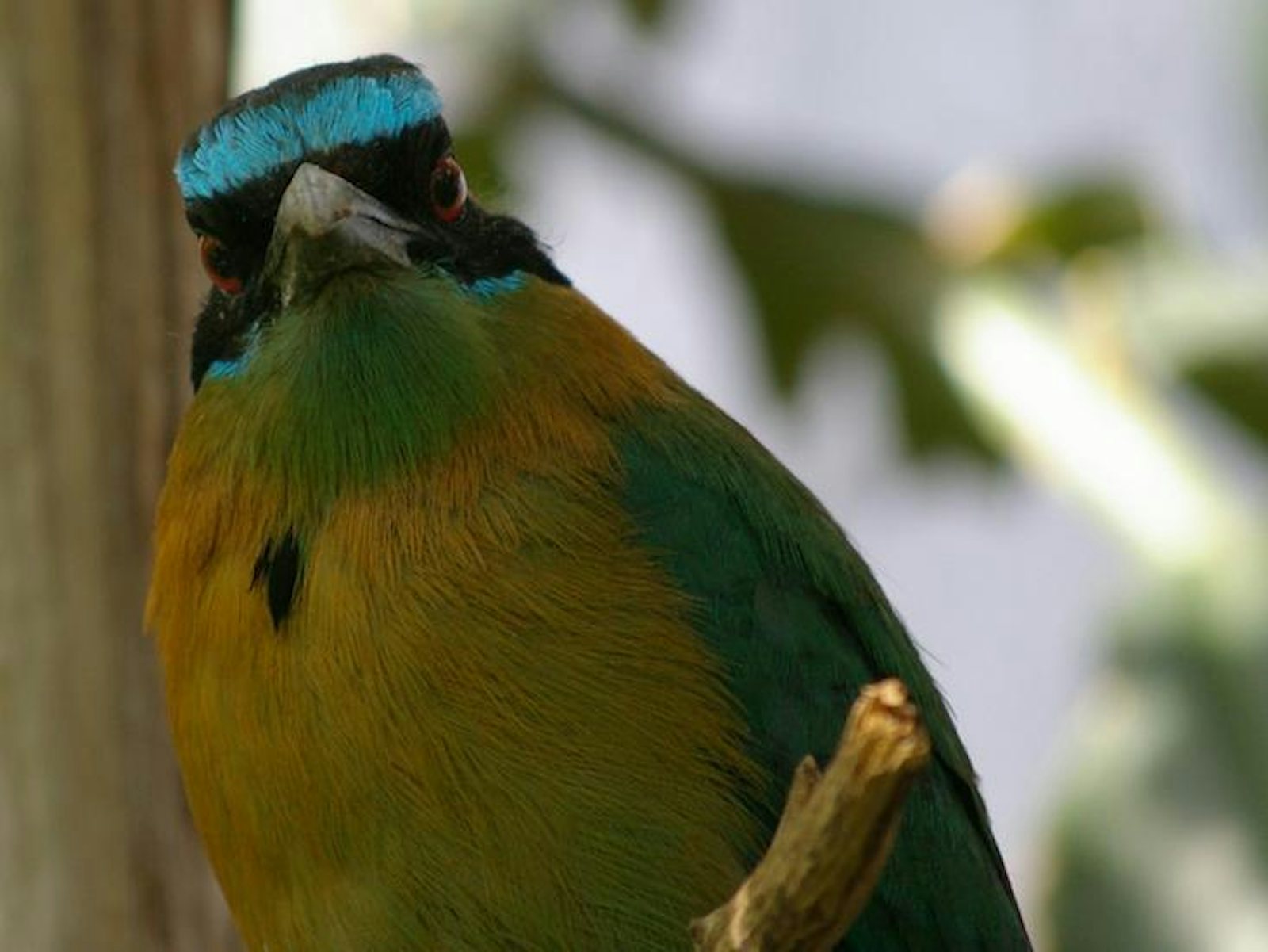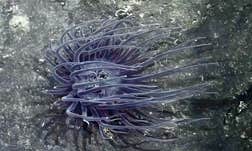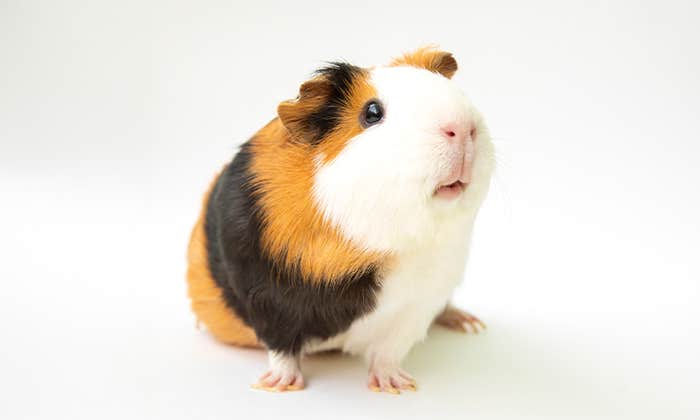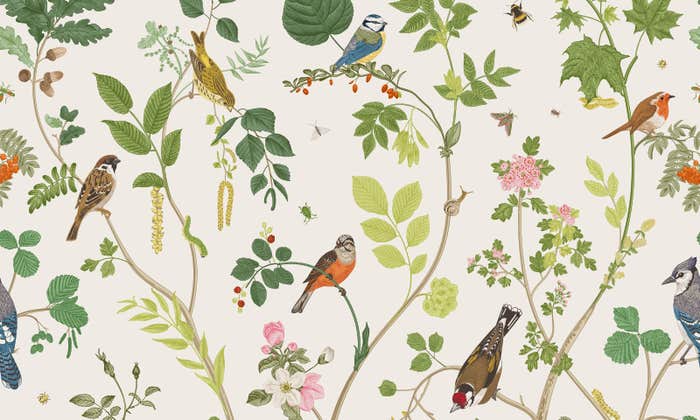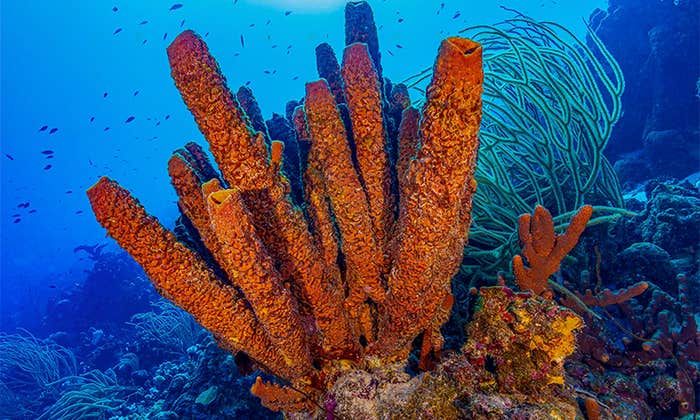Honesty is the basis of any good relationship. This is as true for animals as it is for humans. When a peahen is looking for a mate, she sees a peacock’s tail as an honest signal of his quality. “Look at me!” says her suitor, wiggling his ridiculous display from side to side, “I can invest energy into growing this thing and still have plenty to spare.”
Selection for traits that signal genetic strength in partners is the root of the animal kingdom’s greatest eccentricities, from the lion’s mane to the birds of paradise’s display. Generation after generation chooses partners with the biggest, brightest, and most ostentatious appendages, on the understanding that they’ll get the healthy, better fit mate. But if circumstances change, these time-honored quality-checking systems can be thrown into disarray. “Many studies on animal communication occur in relatively stable or predictable environments,” says Pierce Hutton who, as a PhD candidate at Arizona State University, explores the effects of urbanization on animal signaling. “Cities are precisely the opposite: They are highly unpredictable and are developed almost continuously.”
This upends animals’ ability to gauge partner quality. In a review of 57 studies linking urbanization and signaling, Hutton found that 70 percent of the studies showed that animals living in cities lose signal quality. Plumage becomes drabber, songs less complex and—in the case of Indian gerbils—whole scent glands lost.
“It turns out that many of the sexual displays animals use are sensitive to their oxidative balance—the tug-of-war between pro-oxidant radicals and anti-oxidants,” Hutton says. Essentially, the more damaging radicals—atoms, ions, or molecules with an unpaired electron—accumulate in the body, the more degraded signals will become. “City life might lead to a pro-oxidant lifestyle if it makes procuring foods with anti-oxidants difficult, or if animals are exposed to higher levels of pro-oxidant stressors, such as chemical, light and noise pollution.”
The unpredictability of cities can lead animals to display inaccurate, or, Hutton says, “dishonest” signals, as in the case of the Florida scrub jay. When urban jays head to the country to find love, their shiny plumage is so attractive to the locals that these cosmopolitan corvids secure breeding positions with ease. But their charm is a front—a junkyard car covered by a luxury-car body. Unhealthy city lifestyles mean urban jays have lower reproductive success than wild ones, despite their plumage suggesting otherwise. Conservation biologist Angela Tringali, of Archbold Biological Station, in Florida, says this is due to one of the many disruptive features of a city lifestyle: human intervention.
As chicks, jays require a diet of insects. In the suburbs, what they get is bread and peanuts. This results in malnourished adults, with lower reproductive capacity. Ironically, however, the sheer abundance of human foodstuffs means that, as adults, suburban jays can develop wonderful plumage—but it belies their actual quality.
“They can’t just ‘make up’ for the lack of food in their early development,” says Tringali. “So we see the consequences of poor early rearing conditions in their ability to produce offspring even though we don’t see it in their body size or feather color.” In the wild, shiny plumage may equate to foraging skills, but it has no such connotations for the suburban birds. “They were just lucky enough to be near a bird feeder,” says Tringali. “Something that is a reliable signal in the wildlands may be completely unreliable in an urban environment.”
Urban signals may also become unreliable indicators of quality if they are linked with characteristics that have become redundant. Male great tits—small birds found across Eurasia—have their own modest attempt at a peacock’s tail: a black chest stripe, or “tie,” the size of which is thought to indicate quality. But when Juan Carlos Senar, a behavioral ecologist at the Natural History Museum of Barcelona, measured survival in city- and forest-tit populations, his results suggested that urban living had flipped this association on its head. City birds were doing better with smaller ties.
Senar suggests that in the city smaller ties might be successful owing to certain personality traits associated with them. “Recent work supports the view that birds with larger ties are shier, and birds with small ties are bold,” says Senar. A risk-averse nature might be adaptive in the forest, where predation is likely, but in the city—a hotbed of evolution—it helps, he says, to be more open-minded.
“If dishonesty becomes rife, then those who are evaluating the signals actually lose out,” says Hutton. “Those that don’t strongly prefer the formerly ‘sexy’ looks might then actually perform reproductively better.” As in the case of urban red cardinals, this can lead to animals losing interest in attributes that previously determined reproductive success, or maybe choosing characteristics more suited to an urban lifestyle.
If city animals’ mating preferences are being altered, this could emphasize the divide between them and their wild counterparts, perhaps even yielding new species. “We shouldn’t hold our breath, because speciation can be a slow process,” says Hutton, “though maybe in cities where selection could be strong, evolution might surprise us.”
Josh Gabbatiss is a freelance writer based in London. He’s written for the BBC, New Scientist, Hakai Magazine, and others. Follow him on Twitter @Josh_Gabbatiss.
Watch: Sean Rice discusses the power of mathematical theorizing in biology—particularly in the case of sexual selection.

The lead image is courtesy of Ron Dunnington via Flickr.















